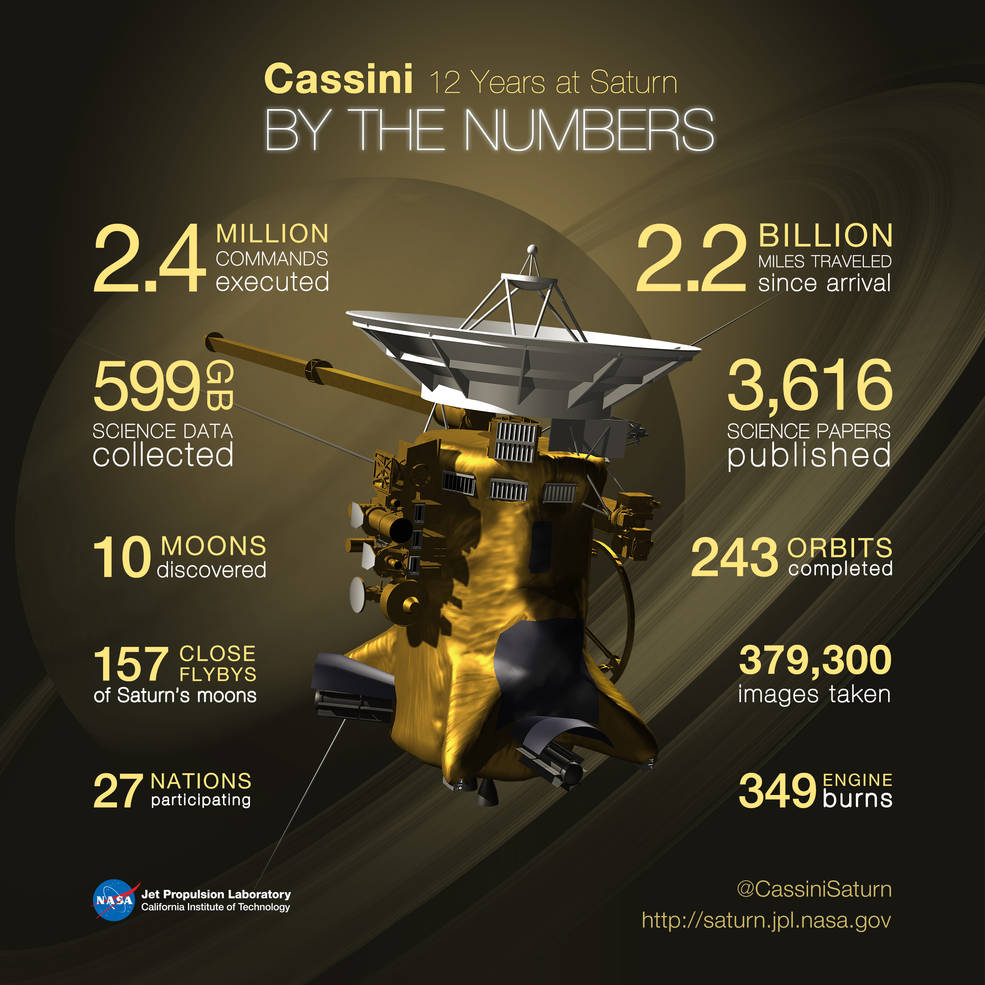
Is History Repeating Itself? NASA Discovers ‘Impossible’ Ice Cloud On Titan Again!
New Delhi: Saturn and its moons never fail to impress. Thanks to NASA’s Cassini spacecraft that is currently on its final leg of the probe, we get to see and learn so much about the ringed beauty.

This time, it is Saturn’s largest moon, Titan, that has become the subject of awe and surprise for scientists, since Cassini captured the appearance of an ice cloud seemingly out of thin air on the moon.
This development has prompted NASA scientists to suggest that a different process than previously thought – possibly similar to one seen over Earth’s poles – could be forming clouds on Saturn’s moon Titan.
A similar incident occurred decades ago, when the infrared instrument on NASA’s Voyager 1 spacecraft spotted an ice cloud just like this one on Titan. What has puzzled scientists ever since is this: they detected less than 1 percent of the dicyanoacetylene gas needed for the cloud to condense.
Dicyanoacetylene required for the development of clouds on Titan
“The appearance of this ice cloud goes against everything we know about the way clouds form on Titan,” said Carrie Anderson, a CIRS co-investigator at NASA’s Goddard Space Flight Center in Greenbelt, Maryland, and lead author of the study, NASA reported.
The process of evaporation and condensation of water that we’re familiar with on Earth, happens in Titan’s troposphere as well, except with methane instead of water.
As per NASA, a different condensation process takes place in the stratosphere — the region above the troposphere — at Titan’s north and south winter poles. In this case, layers of clouds condense as the global circulation pattern forces warm gases downward at the pole. The gases then condense as they sink through cooler and cooler layers of the polar stratosphere.

Either way, a cloud forms when the air temperature and pressure are favorable for the vapor to condense into ice. The vapor and the ice reach a balance point — an equilibrium — that is determined by the air temperature and pressure. Because of this equilibrium, scientists can calculate the amount of vapor where ice is present.
[Watch Video]: Four Saturn days captured on video by Nasa
“It’s very exciting to think that we may have found examples of similar solid-state chemical processes on both Titan and Earth,” said Anderson.
The findings are published in the journal Geophysical Research Letters.